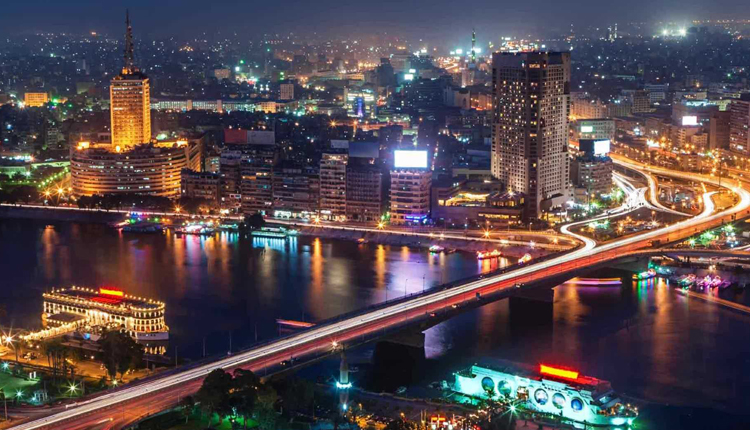Egypt’s Ministry of Environment has criticised a report compiled by the UK-based Eco Experts and published by Forbes magazine which named Cairo “the most polluted city on Earth”.
The ministry released a statement refuting the report which said the Egyptian capital had the worst overall scores of 48 cities when it came to light, noise and air pollution.
According to the study, Cairo’s air is 11.7 times more polluted than the levels recommended by the World Health Organisation (WHO) and the city’s metropolitan area “is bathed in artificial light that is 85 times brighter than the natural sky”, making it among the most light polluted worldwide.
Noise pollution means Cairenes’ lives are like “spending all day inside a factory”.
“Ambient air quality is monitored year round,” said the Ministry of Environment in its response to the report.
“This kind of study is conducted only by the National Network for Monitoring Ambient Air Pollutants, which is affiliated to the Ministry of Environment. The data mentioned in the magazine was not obtained from the ministry, which is the only authority legally tasked with identifying indicators of air quality. The Ministry of Environment releases an annual report on its website with all the correct information.”
The World Health Organisation (WHO), the statement continued, has identified six polluting factors — particulate matter, lead, ground level ozone, carbon monoxide, nitrogen dioxide and sulphur dioxide — according to which air quality is determined.
“The magazine article focused on just one factor, particulate matter, and ignored the rest.”
“In this regard,” said the Environment Ministry, “we note the findings of the 2017 NNMAAP report” which clarified that the five other factors didn’t exceed Egypt and the WHO’s maximum limit.
“The article’s information contradicts the Ministry of Environment’s own data regarding particulate matter less than 10 micrometres in diameter [PM10]. The article stated that the annual average is 284 micrograms per cubic metre whereas according to the 2017 annual average released by the NNMAAP it is 127 micrograms per cubic metre in Greater Cairo and the Delta.”
“Despite the fact that the NNMAAP data for 2017 showed an increase in the annual average of PM10 levels it also noted that on 70 per cent of monitoring days the levels were within legal norms.”
“Besides mentioning inaccurate data, the article also failed to take into account that the environmental situation is evaluated through a set of indicators, not a single factor.”
Egypt placed 66th among 180 countries in the 2017 Environmental Performance Index (EPI), advancing 38 positions on its 104th ranking in 2016.
The EPI evaluates the environmental performance of countries based on 24 environmental indicators in 10 main fields- air and water quality, waste water, heavy metals, agriculture, forests, fisheries, biodiversity, water resources, climate change and energy.
The government has set goals to improve air quality as part of its strategy to achieve sustainable development and aims to reduce PM10 levels by 50 per cent by 2030.
PM10 levels had fallen by 19 per cent by the end of 2017, said the Environment Ministry. The reduction was achieved through enforcing strict limits on industrial emissions, using agricultural waste in alternative energy systems, developing public transport, and increasing energy efficiency.
Source: Ahram Online
